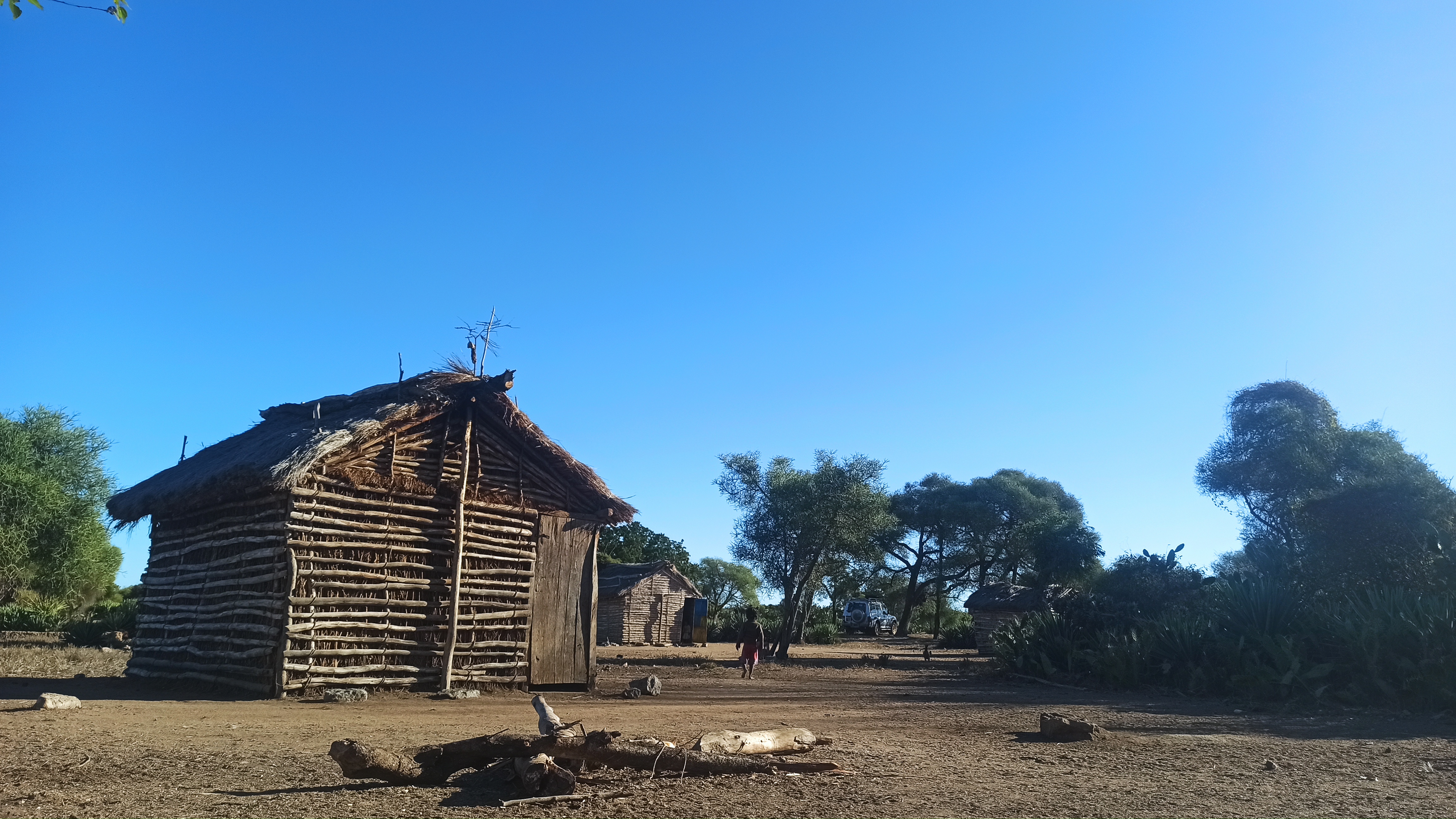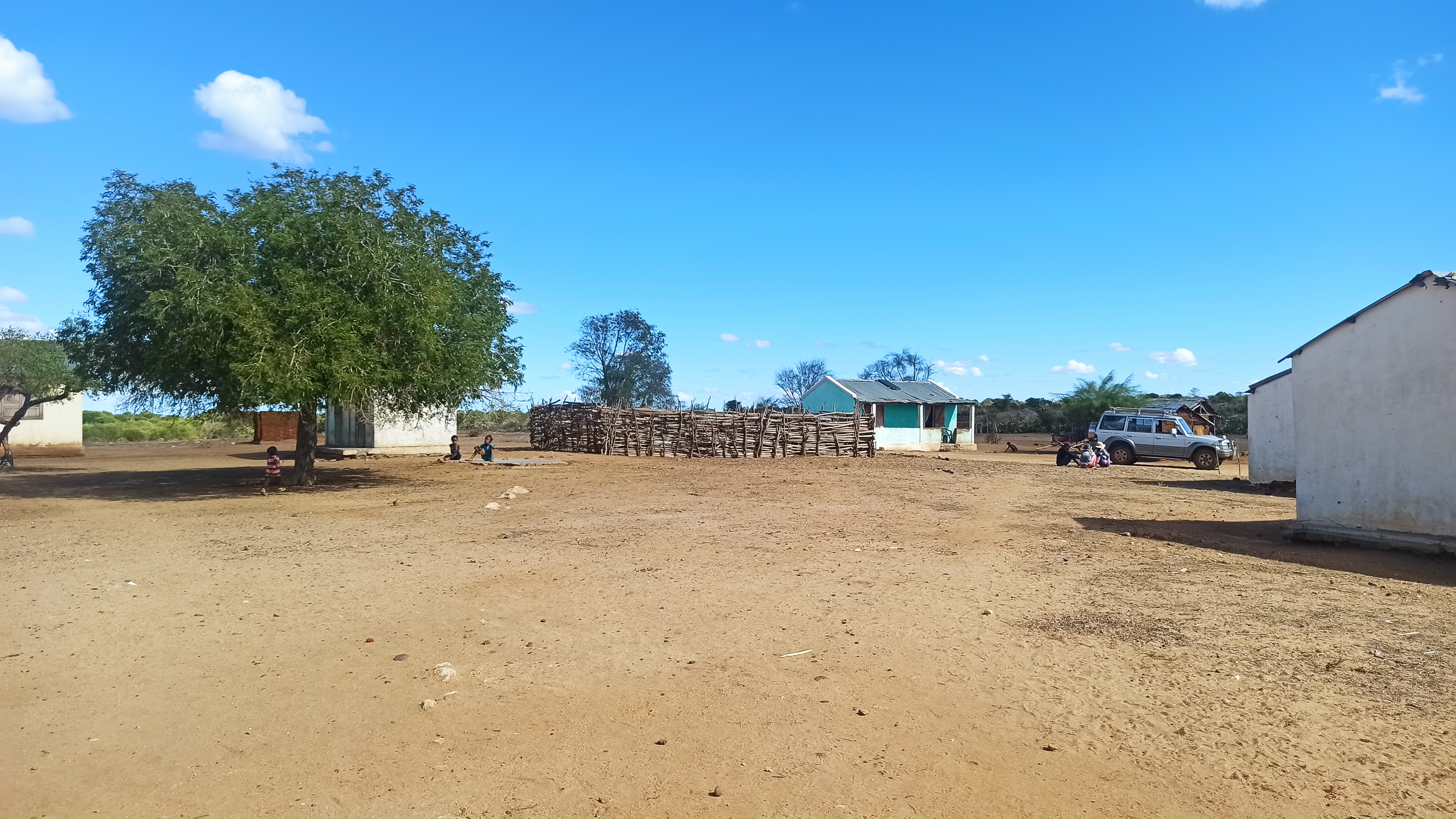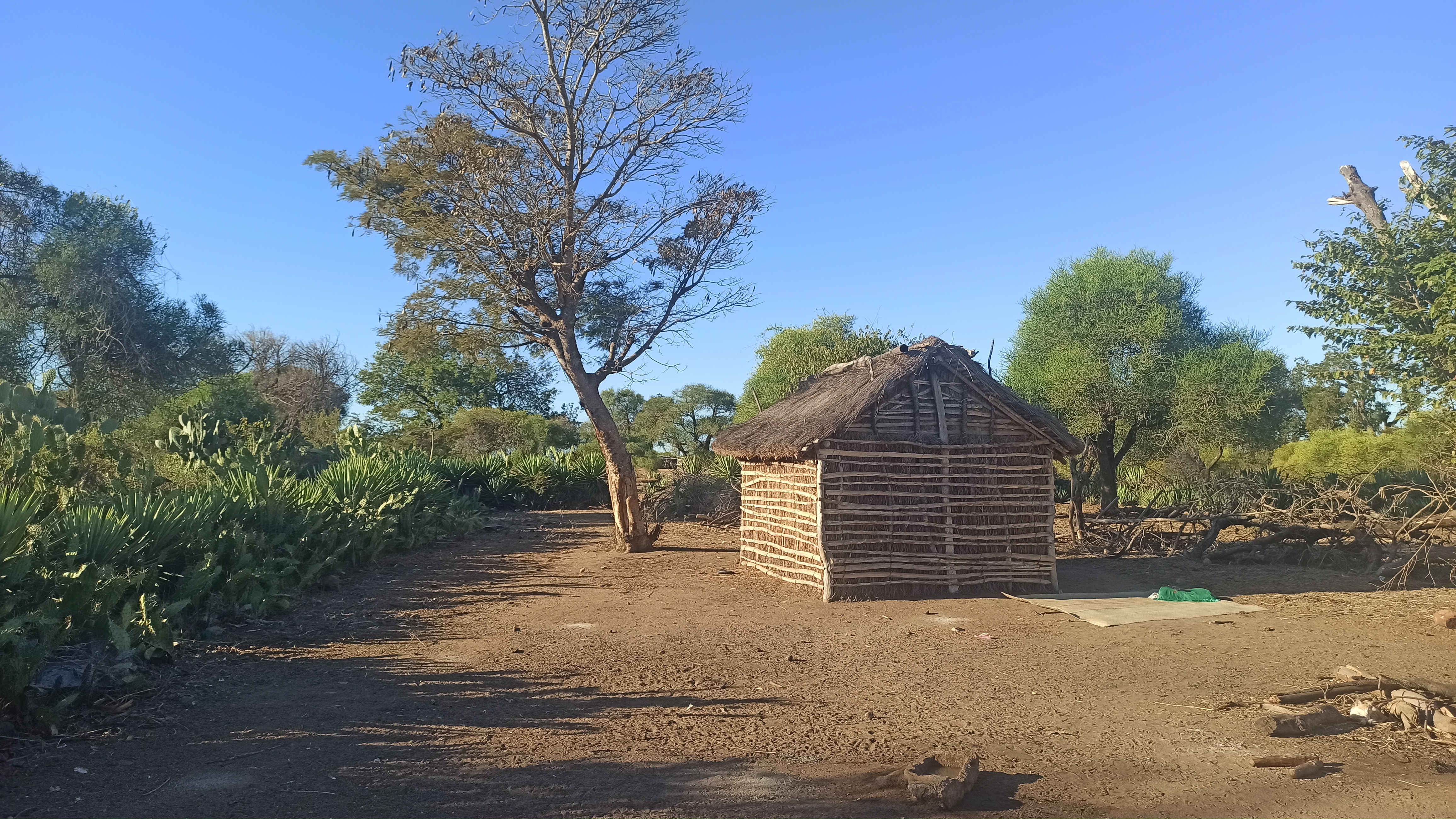By Sarobidy Rakotonarivo, Mirindra Rakotoarisoa, and Henintsoa Rakoto H.
What are we missing?
Across the world, more people are on the move than ever before, driven by a mix of opportunity and necessity. In Madagascar, as in many parts of the Global South, shifting weather patterns, repeated droughts, and increasingly severe cyclones are reshaping lives and landscapes. Yet we still know little about how households make decisions to stay, move, or adapt when faced with these pressures.
Data on climate, migration, and environmental change in Madagascar remain scarce and fragmented. Most studies rely on snapshots—qualitative stories or static statistics—that cannot capture how migration evolves over time or how families adapt from one season to the next. This leaves a critical gap in understanding how climate stress translates into movement, resilience, or new livelihood strategies.

A view from the Southern part of Madagascar

A village in Mananjary
The CHAIN Project
The CHAIN Project (Climate Hazards and Migration in Madagascar) brings together an interdisciplinary team spanning economics, social sciences, geospatial analysis, and environmental studies. Together, we aim to uncover how climate shocks and changing opportunities shape decisions to migrate or stay—and what this means for both people and nature.
A closer look at our longitudinal survey
To explore these dynamics, we conducted two rounds of household surveys across four major regions that face different climate realities:
– Androy and Ampanihy – drought-prone areas in the arid south,
– Mananjary – a cyclone-affected coastal zone in the east,
– Ambositra – a highland region marked by high out-migration and distinct farming systems.
Over two years, we followed 1,056 households, returning to interview the same families in both rounds. Our survey covered everything from livelihoods and income to migration history, perceptions of climate risks, and adaptation strategies.
Tracking the same households over time allows us to distinguish real change from temporary shocks. When a drought, crop failure, or forest loss occurs, we can see whether families respond by moving away or by adapting and staying. Asking the same questions to the same respondents also reduces memory errors and reveals who leaves, who stays, and who comes back.

Behind the data: field realities


Reaching remote villages across Madagascar’s varied terrains came with real challenges—from poor roads and long travel distances to ensuring women, youth, and seasonal migrants were included. Careful coordination with local leaders and extensive enumerator training helped us collect consistent, high-quality data despite these hurdles.
Why it matters
Climate shocks are intensifying, threatening both livelihoods and ecosystems. For countries like Madagascar, where most people rely on natural resources, understanding how households respond to these pressures, and the factors that shape intentions and ability to engage in migration is vital for designing fair, effective, and forward-looking policies. The CHAIN Project contributes evidence to guide climate adaptation, sustainable land use, and migration policies that align with the Sustainable Development Goals.
What’s next?
As we analyze the data from both survey rounds, we’ll share insights on regional trends, adaptation pathways, and policy implications. We also aim to make our findings and data openly available—helping other researchers, practitioners, and policymakers work together for a more resilient Madagascar.
Stay connected
Have thoughts, questions, or ideas for collaboration?
Reach out to the Mitsilo team and follow our updates as we continue connecting evidence, communities, and policy for fairer, more resilient landscapes.
